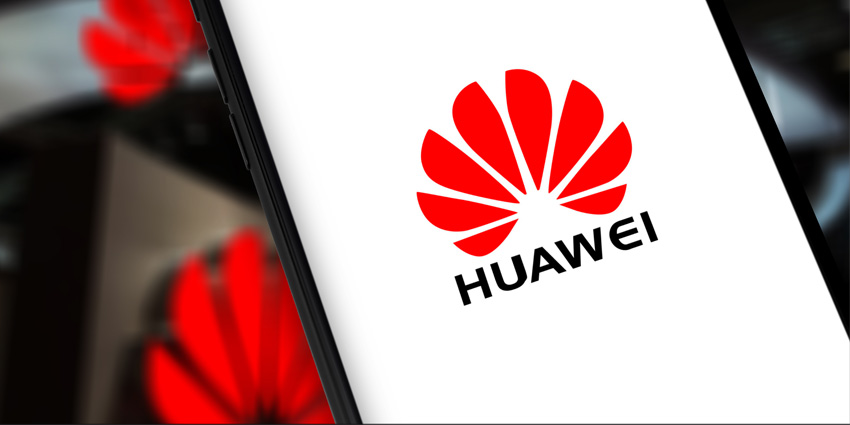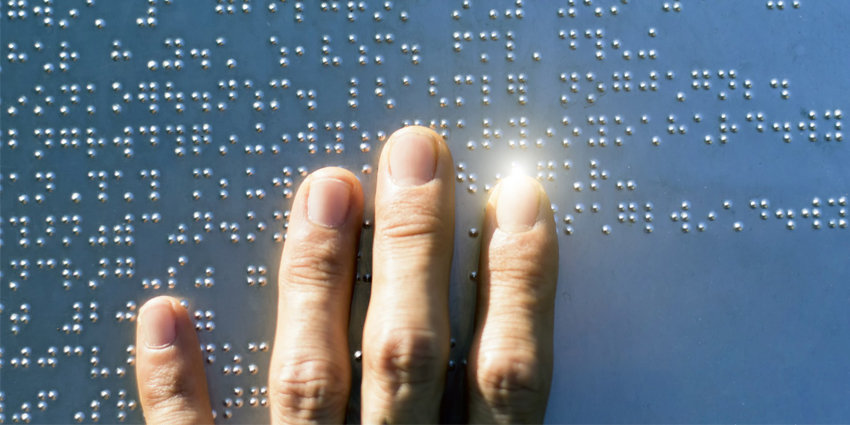Last Saturday, during the 2022 World Conference on the VR Industry in Nanchang, Jiangxi, leading telecommunications product manufacturer Huawei Technologies announced Smart Vision Glass, a virtual reality (VR)-lite device designed for streaming media.
The device connects to a smartphone to stream content on immersive digital displays. Because the hardware does not use an internal CPU or storage, users must tether the device to a smartphone, tablet, or desktop to operate the Smart Vision Glass product.
Smart Vision Glass has various technical specifications which allow wearers to stream high-quality video content on virtual screens up to 120-inches in size. The device’s hardware specifications include a Micro-OLED display, binocular 1080P resolution, and German Rheinland blue-light certification. Smart Vision Glass also contains a battery similar to a smartphone enabling extended periods of use.
Huawei plans to distribute the device next month, along with a pre-order period. The news comes after it filed a patent for foldable AR smart glasses in April. Additionally, the Shenzhen-based firm debuted the VR Glass headset in November 2021.
Fresh Competition for Nreal
Notably, Huawei’s latest device shares many design qualities from Nreal’s product portfolio of augmented reality (AR) smart glasses.
Like the upcoming Smart Vision Glass product, Nreal designed its Air and Light products as immersive media streaming devices. The products allow users to view streamed media on virtual screens up to 102-inches in height.
The Air device contains hardware features, including a 46-degree field of view, 90Hz refresh rate, and integrated 5G connectivity to secure high-quality immersive media streaming. The Light device contains slightly reduced technical specifications but at a reduced weight.
Additionally, Nreal increased its product portfolio’s hand and eye-tracking abilities. The firm used an artificial intelligence (AI) network and Microsoft’s Mixed Reality Toolkit to enable outward tracking and navigation during advertisements.
In September, Nreal launched its Air product on Amazon with an iPhone-compatible dongle for iOS support. The addition allows users to connect their Apple smartphones, including the iPhone 14, to a Nreal Air product.
Furthermore, in social media posts released this week, Nreal is teasing a new compatible Apple device with Macbook computer support. Nreal will make its announcement this Thursday.
The Apple integration proved highly popular across the Nreal user base. The iPhone dongle sold out within 24 hours when it debuted on Amazon in an exclusive deal.
The Nreal product portfolio is also gaining new use cases outside its conventional media streaming purpose, thanks to a range of new partners.
In collaboration with Microsoft, Nreal developed the PeopleLens in March, a device designed to improve social interaction among blind children.
The PeopleLens integrates AI networks to allow the hardware to locate, identify, track, and capture the eye-gaze of nearby peers so that the device can read the names of individuals aloud to assist a low-sight child with interaction and navigation.
Nreal also partnered with Nio to distribute purpose-built smart glasses for viewing immersive content and navigation inside an electronic vehicle. The partnership started in September, and the duo launched its product in the same month for $331.







